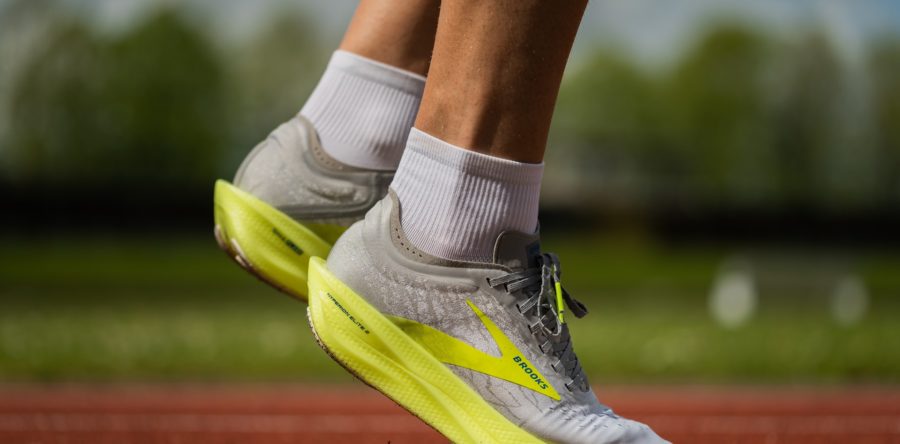Running in worn-out shoes is a regular source of injury and discomfort for many patients requiring sports therapy. However, when exactly are shoes considered too old? "It depends" is the usual response, as is the case with most things.
In this article, we will simplify this decision for you.
The Importance of Regularly Replacing Your Running Shoes
Numerous sports, running, and even walking injuries can be related to worn-out or damaged shoes. The two key characteristics we seek in a running shoe are shock absorption and support. These will be necessary for varying amounts based on your foot type and running form.
In general, shoes with more shock absorption in the heel are better suited to high arched, stiff feet. Conversely, if you have flat, flexible feet, you will most likely want a more supportive shoe.
Unfortunately, when your shoe wears out, it loses both its shock absorption and supporting characteristics. This can cause issues with your plantar fascia, ankles, Achilles tendons, knees, hips, and lower back.
The Difference between Soft and Firm Shoes
Different shoes begin with varying shock absorption and support properties to make matters even more complicated. In general, Nike, Adidas, and Under Armor create soft yet less supportive shoes.
It's comparable to how a super soft sofa may feel nice and comfy in the store, but after a few hours of sitting on it, your back may begin to hurt.
Asics, Mizuno, New Balance, and Saucony produce more supportive shoes without sacrificing too much shock absorption. However, each shoe company offers a variety of shoes with varying attributes.
It’s best to note that no matter which shoe you buy, these shoes won't last forever.
When Should You Decide to Replace Your Shoes?
There are differing views on how many kilometres a shoe should endure. We have heard ranges ranging from 600 to 1000km.
However, you can't simply base the wear of a shoe on distance alone. You have to consider how well the shoe does its role. This is going to return to the fundamentals of stress absorption and support.
Some factors that can wear down a shoe faster include the following:
- Having a heavier body mass that can compress the shoe more
- Running longer distances, or running challenging terrain such as hills, grass, etc.
- Having poor quality shoes to start with
- Very rigid or flat feet that can strain the shoes more
Common Indications of Worn-down Shoes
Most people associate shoes with automobile tyres. They only check to see whether they have enough tread left.
Unfortunately, it isn't the ideal diagnostic tool because the tread is one of the last sections of a shoe to wear out.
The top component of the shoe, which is made up of laces, mesh, and a heel cup, offers adequate support for your foot. It can become crushed and deformed long before the tread wears out.
The midsole, which provides all of the shock absorption and support from the ground up, is the first portion of the shoe to cease working properly because it receives the most stress and performs the most work.
Other Signs of Wear and Tear
You may also feel the physical effects of using a worn-down running shoe. Your feet may feel sore from having less cushioning or support as you run. You may have pain in the Achilles or plantar fascia as the midsole breaks down.
You may even experience tight calves as this part of the legs have to work harder to provide support. Continuing to use worn-down shoes may cause symptoms that may require the help of sports physiotherapy to resolve.
Conclusion
There is no exact formula to follow when determining whether your shoes are worn. However, you can make an informed decision by assessing the shock absorption and supporting abilities of your shoes and if you are experiencing any physical effects.
Are you experiencing pain related to using worn-down shoes? You may benefit from Whitehorse sports therapy. Whitehorse Physiotherapy can help you recover faster. Book your session online today!





